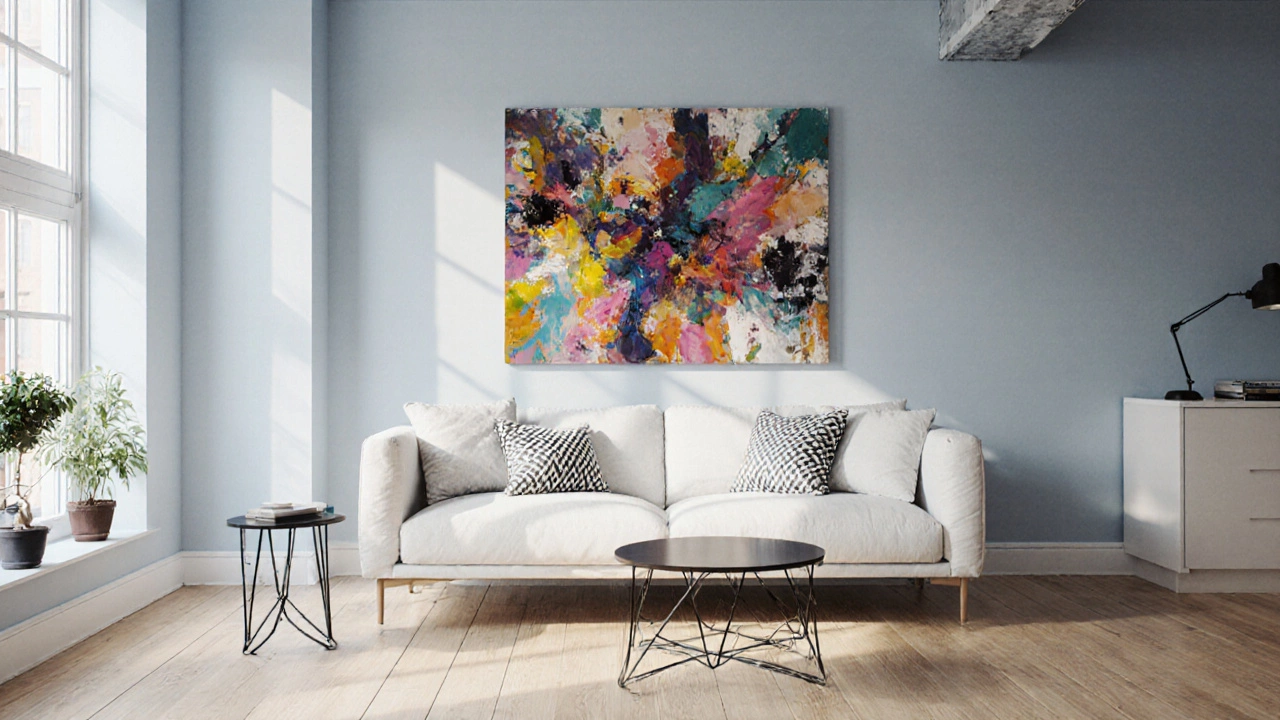Universal Furniture Shade: Protect Your Home & Outdoor Spaces
When choosing a universal furniture shade, a flexible covering that fits many types of furniture and works both indoors and outdoors. Also known as all‑purpose shade, it helps guard chairs, sofas and tables from sun, rain and wear. A good shade not only looks neat, it also extends the life of your pieces and keeps them comfortable year‑round.
One of the biggest reasons people install a shade is furniture protection, the act of shielding furniture from environmental damage. Sunlight can fade fabric, heat can warp wood, and moisture can cause rot. By adding a barrier, you stop these problems before they start. Think of it like sunscreen for your couch – a thin layer that makes a huge difference over time.
Another key player is outdoor shade solutions, products such as awnings, umbrellas and retractable canopies designed for exterior use. When you pair a universal shade with a sturdy outdoor solution, you create a double shield. The outdoor system blocks most of the direct sun, while the universal shade catches any stray rays that get through, giving you consistent protection no matter the season.
For anyone worried about fading or cracking, UV resistance, the ability of a material to block ultraviolet light is a must‑have characteristic. Modern fabrics are treated with UV‑blocking agents that absorb or reflect harmful wavelengths. This means your sofa stays bright and your wooden table won’t become brittle after a few summers.
Temperature control is another hidden benefit. A well‑designed shade can cut room temperature by up to 10 °C on hot days, making your living room or patio more comfortable without cranking the AC. The shade acts as an insulating layer, slowing heat transfer while still allowing airflow – perfect for those evenings when you want fresh air but not a sweaty seat.
How to Choose the Right Universal Furniture Shade
Start by measuring the furniture you want to cover. A universal shade usually comes in expandable frames, so you’ll need the length, width and height of each piece. Look for adjustable straps or snap‑fit connectors – they make installation quick and let you move the shade between rooms or outdoor spots.
Material matters. Polyester blends with acrylic backing are lightweight and water‑resistant, while solution‑dyed fabrics offer the best UV protection. If you need a shade that can handle rain, choose a waterproof rating of at least 2,000 mm. For indoor use, breathability is key; a shade that traps moisture can cause mold on upholstery.
Color is not just about style. Lighter shades reflect more sunlight, keeping the area underneath cooler, whereas darker shades absorb heat but may provide a cozier feel in chilly climates. Pick a hue that matches your décor and climate needs – many brands offer neutral tones that blend with any interior.
Durability hinges on the frame. Aluminum or powder‑coated steel provides rust resistance, while wooden frames add a natural look but need regular sealing. If you plan to move the shade often, go for a collapsible design with quick‑release clamps.
Maintenance is simple if you choose the right fabric. Most universal shades are machine‑washable or can be spot‑cleaned with mild soap. Avoid bleach – it weakens UV‑blocking chemicals. Regular cleaning removes dust that can reduce shade efficiency and keeps the fabric looking fresh.
Cost can vary widely. Basic models start around £30 for a small chair cover, while premium all‑weather sets for large sofas can reach £150. Think of it as an investment: a quality shade prevents costly repairs or replacement of furniture damaged by sun or water.
Once you’ve picked a shade, test it in the space where you’ll use it. Set it up during the brightest part of the day and notice how much light is blocked, how the temperature feels, and whether the shade stays snug. Small adjustments now save big frustrations later.
For those who love DIY, many universal shades come as flat packs that you can assemble yourself. The process usually involves snapping together the frame, sliding the fabric into the pockets, and tightening the straps. If you’re not comfortable with tools, look for a pre‑assembled option – it costs a bit more but saves time.
Remember, a shade is only as good as its installation. Secure the frame to the furniture using the provided clips or Velcro straps. Make sure the shade is taut enough to resist wind but not so tight that it stresses the fabric. A well‑installed shade will stay put through rain, wind and everyday use.
Beyond protecting individual pieces, a universal shade can unify a space. Matching shades across a dining set, patio chairs and a lounge sofa creates a cohesive look that feels intentional. This visual harmony is a subtle way to upgrade your home’s style without buying new furniture.
Finally, think about future needs. If you plan to add more furniture or switch rooms, choose a shade system that’s modular. Some brands let you add extra panels or swap frames, making the shade grow with your lifestyle.
In the articles that follow, you’ll find deep dives into specific shade applications, product reviews, and step‑by‑step guides for installation. Whether you’re prepping for summer heat, protecting a new bamboo table, or simply want a neat look for your indoor lounge, the right universal furniture shade can make a real difference. Dive in and discover the options that match your space, budget and comfort goals.
Timeless Furniture Colors That Match Any Decor
Discover the universal furniture colors that match any décor, learn how to pair them with lighting, style, and fabrics, and avoid common pitfalls for a timeless look.
View more